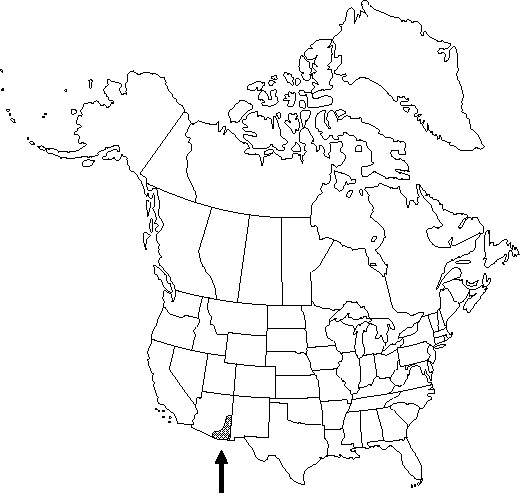Delphinium andesicola
J. Washington Acad. Sci. 29: 476. 1939.
Stems 60-200 +cm; base reddish or not, glabrous, glaucous. Leaves cauline, 10-30, absent from proximal 1/5 of stem at anthesis; petiole 1-15 cm. Leaf-blade cordate to semicircular, 5-8 × 5-12 cm, nearly glabrous; ultimate lobes 5-16, width 3-20 mm, tips gradually tapered to mucronate apex; midcauline leaf lobes more than 3 times longer than wide. Inflorescences 20-80-flowered; pedicel 1-2 (-3) cm, puberulent; bracteoles 1-3 mm from flowers, green to brown, linear-lanceolate, 3-6 mm, puberulent. Flowers: sepals purple, puberulent, lateral sepals spreading, 9-12 × 5-7 mm, spurs ascending ca. 45°, curved downward apically, purple, 10-13 mm, blunt-tipped; lower petal blades ± covering stamens, 4-6 mm, clefts 1.5-2.5 mm; hairs centered, densest on inner lobes near base of cleft, white. Fruits 12-15 mm, 3.5-4 times longer than wide, sparsely puberulent. Seeds unwinged; seed-coat cells elongate, surfaces pustulate. 2n = 16.
Phenology: Flowering summer–early fall.
Habitat: Meadows and coniferous woods
Elevation: 2200-3200 m
Discussion
Delphinium andesicola, the westernmost representative of the southern Cordilleran complex, is found in the Chiricahua, Huachuca, Graham, and White mountains. Hybrids with Delphinium scopulorum are known.
Selected References
None.
